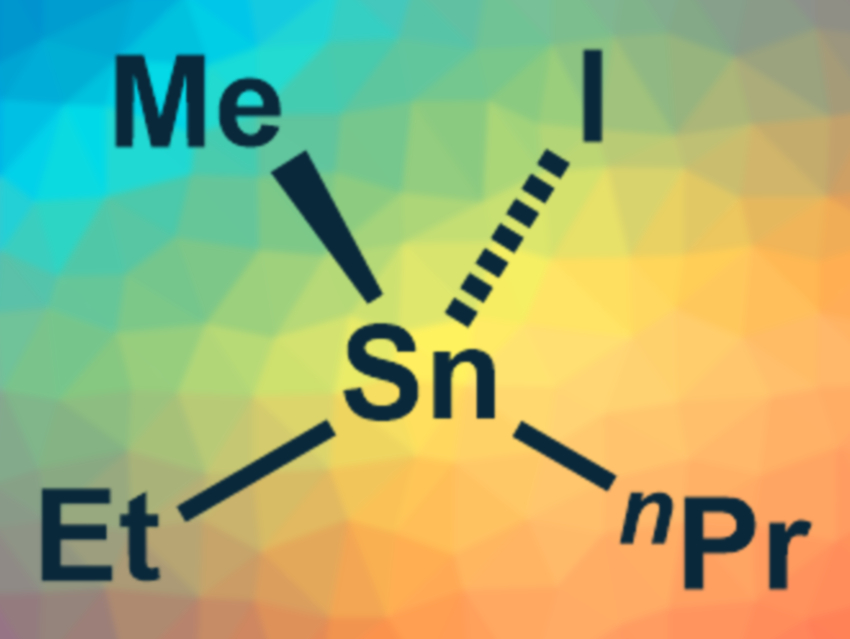William Jackson Pope was born on October 31, 1870, in Hoxton, UK [1]. He studied at Finsbury Technical College, UK, and at Central Technical College, London, UK, where he worked with British chemist Henry Edward Armstrong and learned crystallography techniques from British mineralogist Henry Alexander Miers.
In 1897, Pope was appointed Head of the Chemistry Department of the Goldsmiths’ Institute, London. In 1901, he became Professor of Chemistry at the Manchester Municipal School of Technology, UK, and in 1908, Pope joined Cambridge University, UK, as Professor of Chemistry. During World War I, Pope served on the Board of Invention and Research for the British Admiralty and on the Chemical Warfare Committee at the Ministry of Munitions. One of his contributions there was related to the preparation of mustard gas.
Pope was elected a Fellow of the Royal Society, UK, in 1902, and received the society’s Davy Medal in 1914 “on the ground of his important contributions to structural & organic chemistry.” He was knighted by King George V in 1919. He was elected a Correspondent Member of the French Academy of Sciences in 1924. Pope served as President of the Chemical Society, UK, in 1917–1919 and of the International Union of Pure and Applied Chemistry (IUPAC) in 1923–1925. Sir William Jackson Pope died on October 17, 1939.
Pope is best known for his work on stereochemistry, in particular, the synthesis and resolution of optically active compounds in which nitrogen, sulfur, selenium, or tin atoms are the stereogenic centers (example pictured). In 1899, he started to work on quaternary ammonium compounds in which nitrogen has an asymmetric environment together with Stanley John Peachey. The team performed a chiral resolution of benzylphenylallylmethylammonium iodide by crystallization with an enantiomerically pure bromocamphorsulfonate—a breakthrough work that confirmed that optically active compounds can owe their activity to a stereogenic center other than a carbon atom [2]. Pope went on to resolve asymmetric compounds of sulfur and tin, both with Peachey [3,4], and an asymmetric selenium compound, working with Allen Neville [5].
Sir William Jackson Pope is the answer to Guess the Chemist (106).
References and Notes
- [1] Some sources give Pope’s birthday as March 31, 1870.
- [2] Asymmetric optically active nitrogen compounds. Dextro- and lævo-α-benzylphenylallylmethylammonium iodides and bromides,
W. J. Pope, S. J. Peachey
J. Chem. Soc. 1899, 75, 1127–1131.
https://doi.org/10.1039/CT8997501127 - [3] Asymmetric optically active sulphur compounds. D-Methylethylthetine platinichloride,
W. J. Pope, S. J. Peachey,
J. Chem. Soc. 1900, 77, 1072–1075.
https://doi.org/10.1039/CT9007701072 - [4] W. J. Pope, S. J. Peachey,
Proc. Chem. Soc. 1900, 16, 116. - [5] Asymmetric optically active selenium compounds and the sexavalency of selenium and sulphur. D– and L-Phenylmethylselenetine salts,
W. J. Pope, A. Neville,
J. Chem. Soc. 1902, 81, 1552–1563.
https://doi.org/10.1039/CT9028101552
Sources
- Sir William Jackson Pope. 1870–1939,
C. S. Gibson,
Obit. Not. Fellows R. Soc. 1941, 3, 290–324.
https://doi.org/10.1098/rsbm.1941.0004 - Overlooked opportunities in stereochemistry: neglected connection between Werner’s metalammines and Pope’s organic onium compounds,
G. B. Kauffman, I. Bernal,
Pure Appl. Chem. 1988, 60, 1379–1384.



